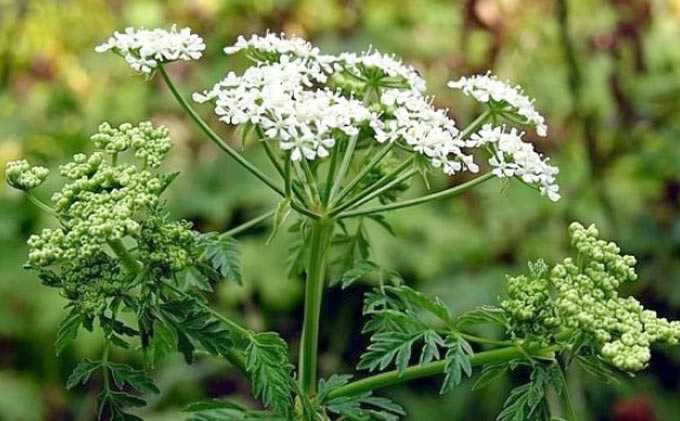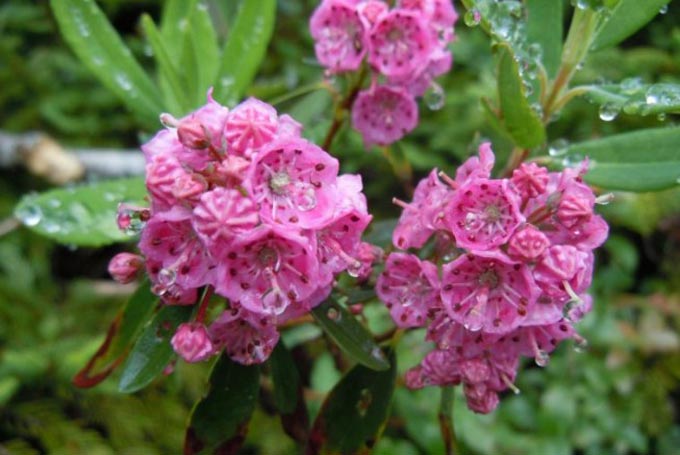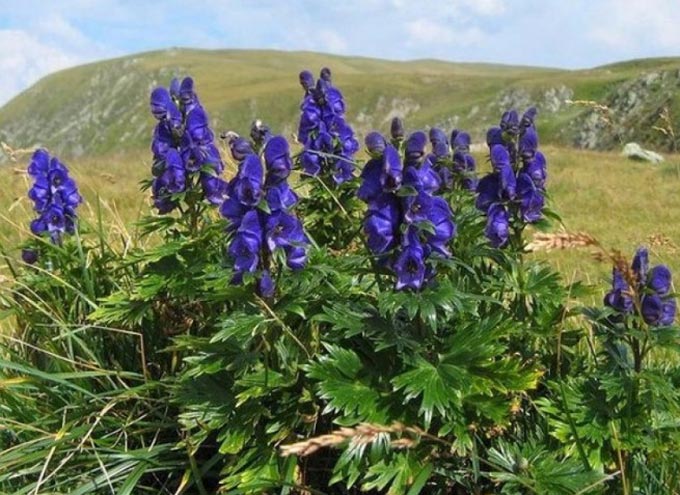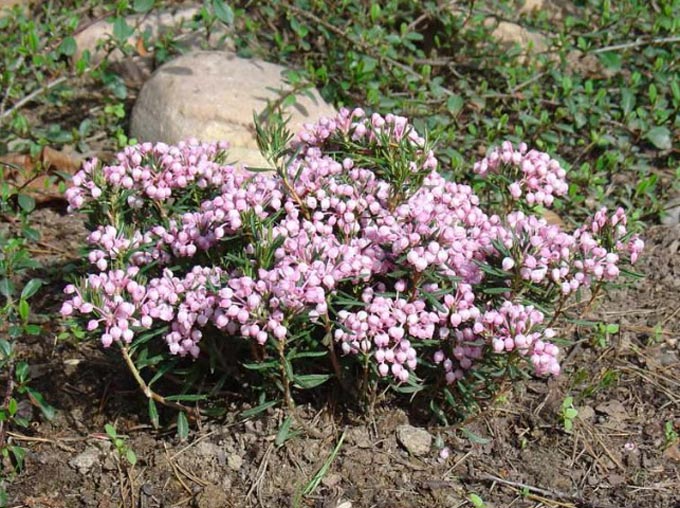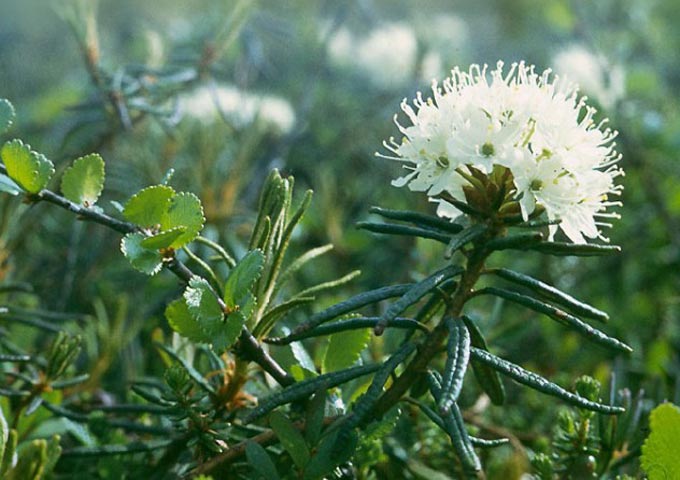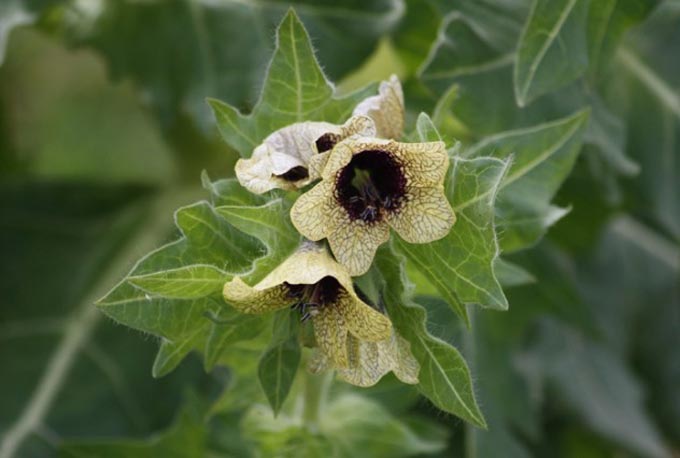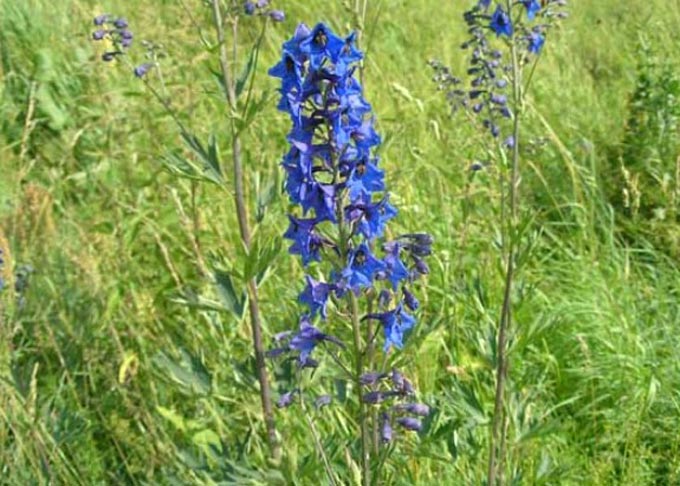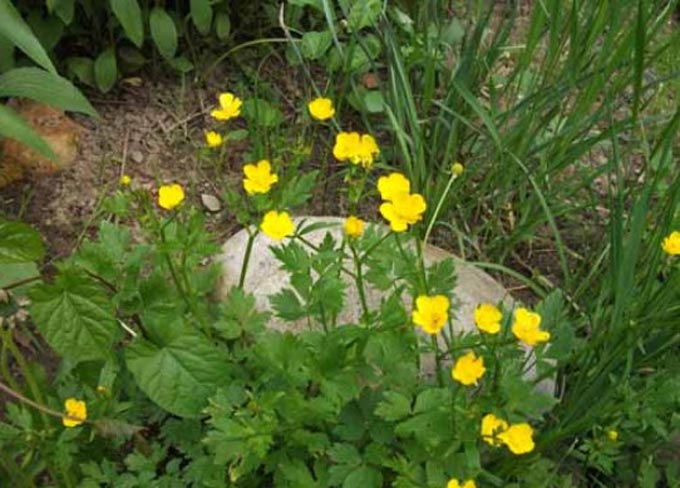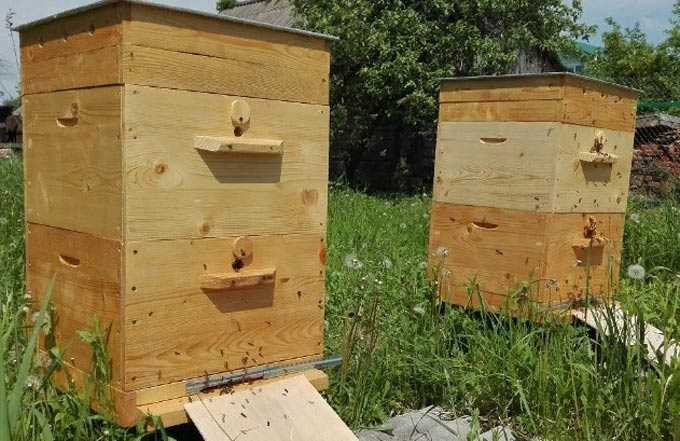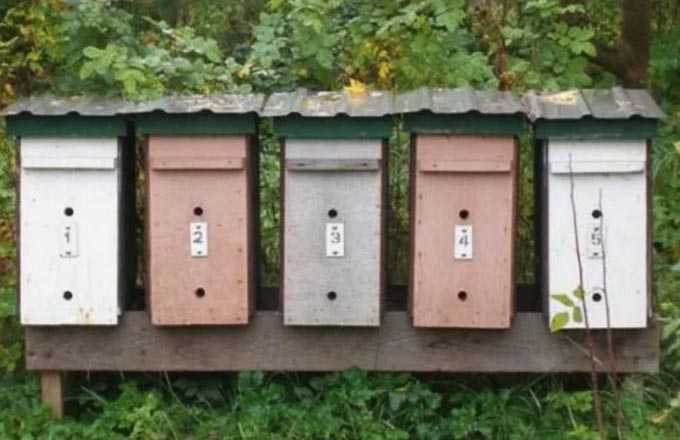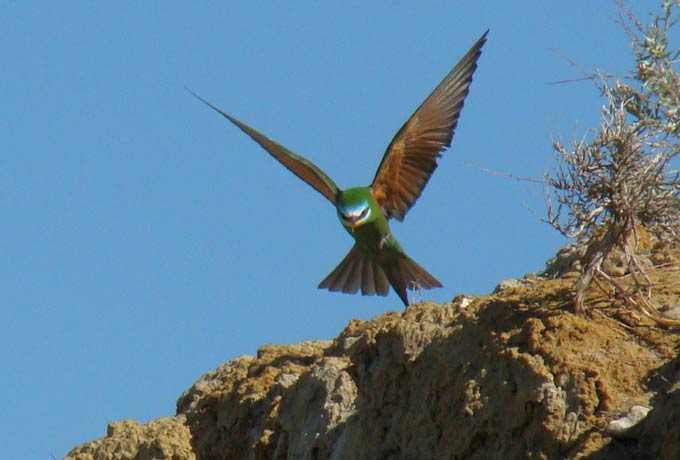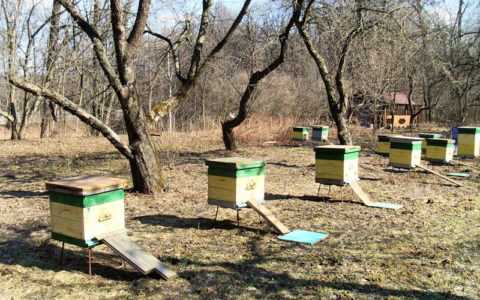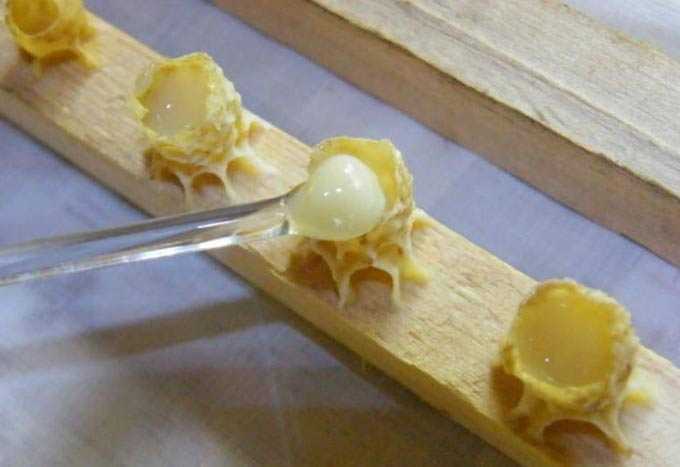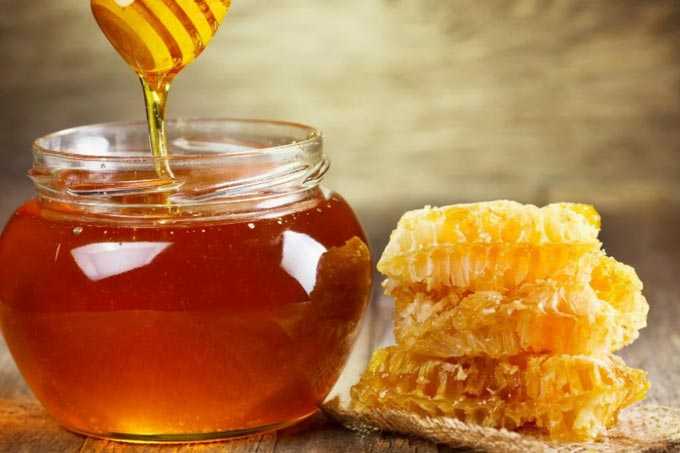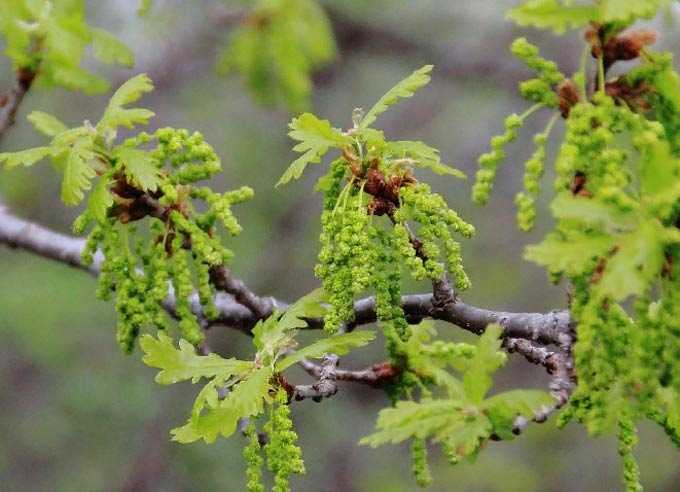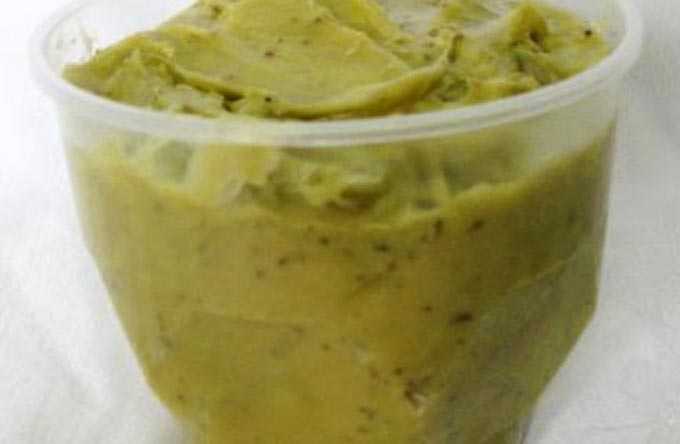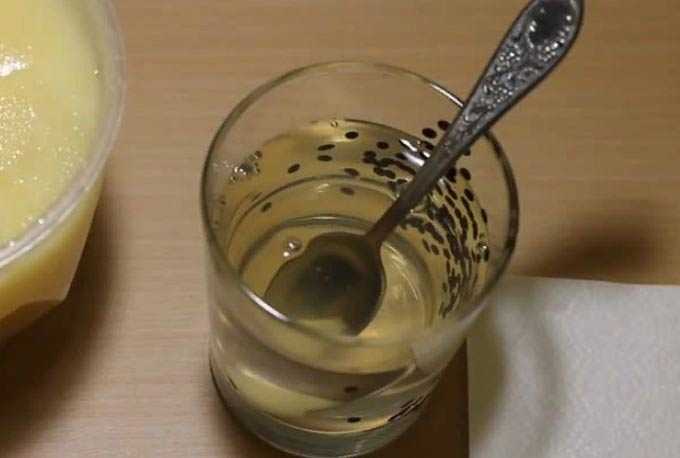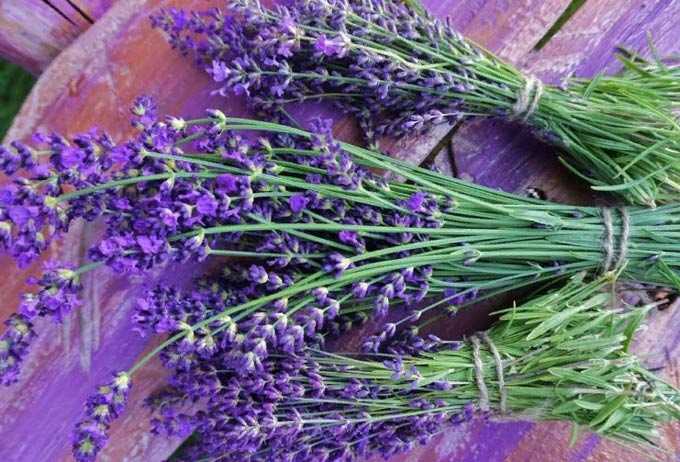In nature, there are plants that are dangerous to bees, which release toxic pollen and nectar. Work on them turns into death for insects, and the departure of bees lasts from one to three or more days.
The content of the article
- 1 “Non-toxic” poison
- 2 Drunk honey
- 2.1 Neutralization methods
- 3 Plants that cause the death of bees
- 3.1 How to help bees
“Non-toxic” poison
It should be noted that not all poisonous honey plants are the source of poisoned bribe. Their pollen and nectar can be quite safe for both bees and humans.
These types include, for example, foxglove and hemlock. The plants themselves are poisonous. But the honey collected from their flowers is suitable for human consumption.
Digitalis – a herbaceous perennial from the Norichnikov family. Differs in high stems (0,8-1,2 m), velvety leaves, purple or white flowers in the form of thimbles, collected in one-sided elongated brushes. Two varieties of foxglove are useful for apiaries: woolly and purple. Both bloom in mid-summer. The woolly variety is cultivated as a medicinal herb (grown in Moldova, Ukraine, the North Caucasus). Nectar productivity is 200-280 kilograms.
Hemlock (other names are “poisonous umbrella”, “mouse hemlock”) – a biennial herbaceous weed, often found near dwellings, in vegetable gardens. In the wild, it grows along the edges of Siberian forests, in flooded meadows. The grass has a high, hollow stem with thin grooves along its entire length and brown spots in the root part (hence the name of the plant). The structure of the leaves resembles parsley. The flowers are white, small, grouped in numerous umbrellas. Bloom in mid-summer. When you touch any highly poisonous part of the grass, an unpleasant “mouse” smell remains on your hands. The collected honey is dark amber in color. No poisoning was observed.
Drunk honey
The honey variety known as “drunken” is perfectly safe for bees. But in humans, it causes all the signs of acute poisoning – nausea, vomiting, severe dizziness up to fainting, physical weakness.
They get it from the Pontic rhododendron, which grows, including in the Transcaucasus.
Rhododendron Pontic (another name “Pontic azalea”) is an evergreen tall shrub found in mountain forests and subalpine meadows, on the coasts. Loves warmth. It grows up to 3-6 meters in height, forming continuous thickets. The leaves of the plant are wide and long, covered with dense skin. Flowers grow singly or are collected in corymbose inflorescences. They can be of different shades: pink, purple, purple, lilac. Bloom in May and June. They are a source of “heady” nectar.
In ancient times, the Greek army retreating from Asia Minor suffered from poisoning with this bee product in Colchis. The case is described in detail by Xenophon of Athens in the historical essay “Anabasis”. This writer and commander was an eyewitness to those events.
Nowadays, honey with such properties is collected by bees in the Far East, the Caucasus, Eastern Siberia and some other regions. Moreover, it is not always possible to establish from which species of vegetation it was obtained! But the culprit of poisoning in humans is andromedotoxin – an alkaloid with a rich, delicious aroma.
50-100 grams of “heady” bee product will cause blue face and limbs, cramps, palpitations, severe headache and all signs of food poisoning, including vomiting, diarrhea. Typical symptoms appear within 20 minutes to two hours after eating a sweet, poisonous treat.
Biologists are under “suspicion”:
- bog varieties of wild rosemary and sepal heather;
- hellebore;
- rhododendron pontifical;
- mountain laurel (found mainly in North America);
- andromeda (whipped up).
In its pure (monofloral) form, such varieties of poisonous honey are dangerous to humans! Toxic contaminants are detected using biological samples. Also, the mass growth of the listed plants near the apiary may indicate the danger of the resulting bee product, if nectar was collected during their flowering.
Mountain laurel (“Broadleaf kalmia”, “kalmi”) grows mainly in North America. It is an evergreen, very tall shrub from the heather family with white-pink flowers. Blooms in May, June – during this period, flowers literally dot the entire crown of the plant. Grayanotoxin, which is part of the nectar, does not cause intoxication with vomiting in a person, but a sharp numbness in the fingers and a severe headache. An interesting way to test honey for toxicity. A piece of honeycomb measuring 15-20 square centimeters is fed to dogs. If the animal continues to run after half an hour, the product is suitable for human consumption, since it is not toxic.
Neutralization methods
During heat treatment, the alkaloids that make up the nectar lose their dangerous properties.
There are two ways to neutralize the bee product:
- Heat it over low heat for three hours with constant stirring. The recommended temperature for heat treatment is 80-90 degrees. Boiling is unacceptable! The disadvantage of processing is the loss of taste. After that, honey is used mainly for confectionery production.
- The second method involves prolonged heat treatment under pressure. The temperature does not exceed 46 degrees Celsius. The advantage of the method is the preservation of all the taste characteristics of the product.
Important! Heat treatment is not suitable for all varieties. For example, wild rosemary honey can be safely neutralized. But this method does not work with hellebore.
Plants that cause the death of bees
After working on the plants listed below, the bees experience toxic poisoning. Some insects die on the fly, not reaching the hives. The other part crawls along the landing board and the bottom, twitching convulsively and convulsively. Affected individuals have a swollen abdomen or other signs of poisoning.
Aconite (another name is “pharmacy fighter”, “wolf root”) – forest herbaceous perennial with large rounded leaves, erect very high stem (2-2,5 m). It is found in the taiga and forest-steppe zones, where it grows in forest meadows. The flowers of the grass are irregular in shape, outwardly reminiscent of a helmet, of a gray-violet hue, grouped in sparse brushes. They bloom in July and release nectar until mid-August. Nectar and pollen contain aconitine. Signs of poisoning are observed in insects from 2 to 13 days. Young individuals, more sensitive to toxins, die. Flight bees are able to recover if the ambient temperature is around 20-25 degrees.
Andromeda (other names are “podbel”, “wild rosemary”, “swamp”) – an evergreen low bush that grows in the forest zone, tundra. Occurs in river valleys, wetlands, peat bolts. The low shoots of the bush are dotted with small lanceolate leaves. The flowers are white-pink, drooping type, grouped in umbellate tassels. Blooms in April. The secretion of nectar lasts until the beginning of June. It contains andromedotoxin, which causes the death of insects. At the same time, the plant is readily visited by flight bees and has decent indicators of honey productivity – up to 180 kg in the climatic conditions of Belarus.
Labrador tea marsh (other names are “swamp stupor”, “puzzle”) – an evergreen bush from the heather family, which prefers to grow in swampy and highly humid areas of the Far East, the north of the European part (found here in coniferous forests). The leaves of the plant have a narrow-lanceolate shape, from below they are covered with a grayish felt down, from above – smooth, leathery. The flowers are grouped in large corymbose inflorescences, painted in a white or slightly pinkish tint. The stamens are long, protruding above the petals. The shrub blooms in late May, releasing nectar until mid-June. During this period, it is dangerous to be near the plant – its intoxicating aroma causes dizziness and headache (hence the popular name “puzzle”). Andromedotoxin, which is part of nectar and pollen, paralyzes the respiratory and digestive systems of bees. After heat treatment, honey can be used in the confectionery industry.
Bleached black (other names are “belladonna”, “dope”) – herbaceous biennial with erect, covered with glandular hairs, stems. Leaves are oval-elongated, covered with fluff below. In height, the grass often reaches 1,2-1,5 meters. Belongs to the nightshade family. Blooms in July and August. The flowers are off-white with a purple core, gathered in curls at the ends of the shoots. The weed is found near dwellings, in fields, uncomfortable lands. Contains alkaloids, dope, atropine. Poisoned bees are in an agitated state – they rush near the apiary, attacking animals and people. Then, after a few minutes, they fall, paralyzed. This state lasts up to 10-15 minutes. Then most of the bees come to their senses. If you open the hives, the affected insects will try to fly out of them en masse. Pumping honey helps only partially. Due to the presence of poisonous pollen in the combs, the poisoning lasts up to 10 days. In this case, some of the flying insects die.
Anemone oakravnaya (white) is a perennial from the buttercup family that grows in forests and among bushes. This is a short grass with 3-separate leaves on long petioles, large white flowers that bloom during the day and close the petals at night. Blooms in spring, attracting bees. Pollen contains anemonol. Other types of anemone are not poisonous! This is the Altai (with purple perianths below) and Amur varieties (with many stamens – from 49 to 68 pieces).
Larkspur high (other names are “shpornik”, “delphinium”, “filchya grass”) – a herbaceous perennial growing in the taiga and forest-steppe zone. Prefers damp places: wet meadows, including forest; ravines, river coasts. The stems of the grass are straight, high – up to two meters. Leaves resemble aconite in structure. The flowers are bright blue, grouped in loose brushes. They are distinguished by long spurs and yellow stamens. Bloom in July, releasing nectar until the second decade of August. Dolphins contain nectar and pollen. Field larkspur also emits poisonous pollen. The signs of poisoning in bees are exactly the same as when taking a bribe from aconite.
Buttercup pungent – a perennial herbaceous variety of wetland melliferous plants growing on boggy meadows, the shores of water bodies. It reaches a height of 1-1,2 meters, the stem is thickened, hollow inside. The flowers are 5-petaled, yellow, rather large. At the base of the petals there are depressions in which nectar accumulates. The pollen contains anemonol, which causes toxicosis in flying bees. Poisoning occurs with insufficient flowering of other melliferous plants. The bees are forced to work on buttercups. When poisoned, they lose their ability to fly – they crawl out of the hives, circle on the ground with spread wings. The proboscis of insects are elongated, and the abdomens are reduced in comparison with normal sizes. Other types of buttercup are also considered poisonous: creeping, golden.
Chemeritsa Lobelya
Some varieties of hellebore are also dangerous for bees. Of the seven species known in Eurasia, four cause bee toxicosis. It:
- white;
- the black;
- Daurian variety;
- lobelia hellebore.
On contact with pollen and nectar containing poisonous alkaloids (gervin, protoveratrin) and glucoside veratramarine, bees become paralyzed. Mostly young individuals die after eating pollen. Honey with an admixture of hellebore nectar can cause poisoning in a person with an “intoxicating” effect. The herb is found in Altai and the Caucasus. Here it grows in the mountains. In the European part, hellebore thickets are found in wet meadows. The grass is distinguished by high stems (up to 1,5 meters), elliptical leaves without petioles, nondescript yellow-green panicles of apical inflorescences. Flowering occurs in mid-summer for 20-25 days.
How to help bees
In the fight against bee poisoning, the following methods are effective:
- destruction of dangerous vegetation within the summer of bees;
- processing and drinking the affected individuals with sugar syrup (concentration 1 to 1) and transferring them to a warm place for 1-2 days until the signs of poisoning disappear;
- the closure of the entrances during the flowering periods of poisonous plants;
- observance of caution during migration (beekeepers avoid vast territories overgrown with poisonous species).
The best way to avoid bee toxicosis and human poisoning is precisely the destruction of poisonous plants that are dangerous to livestock, humans and honey bees. Also, sowing strong melliferous plants such as phacelia, mordovnik, melilot in near-patch areas distracts bees from visiting unwanted plants blooming in the wild.
